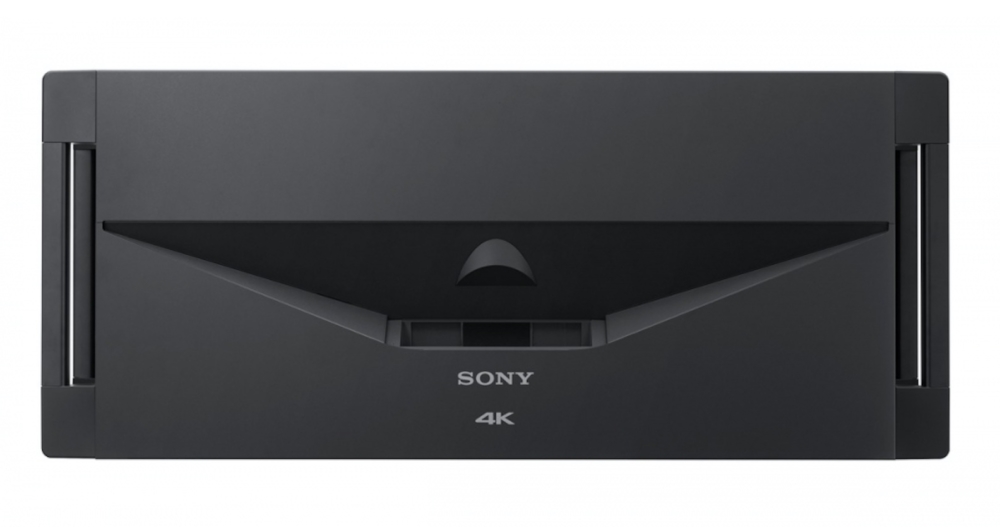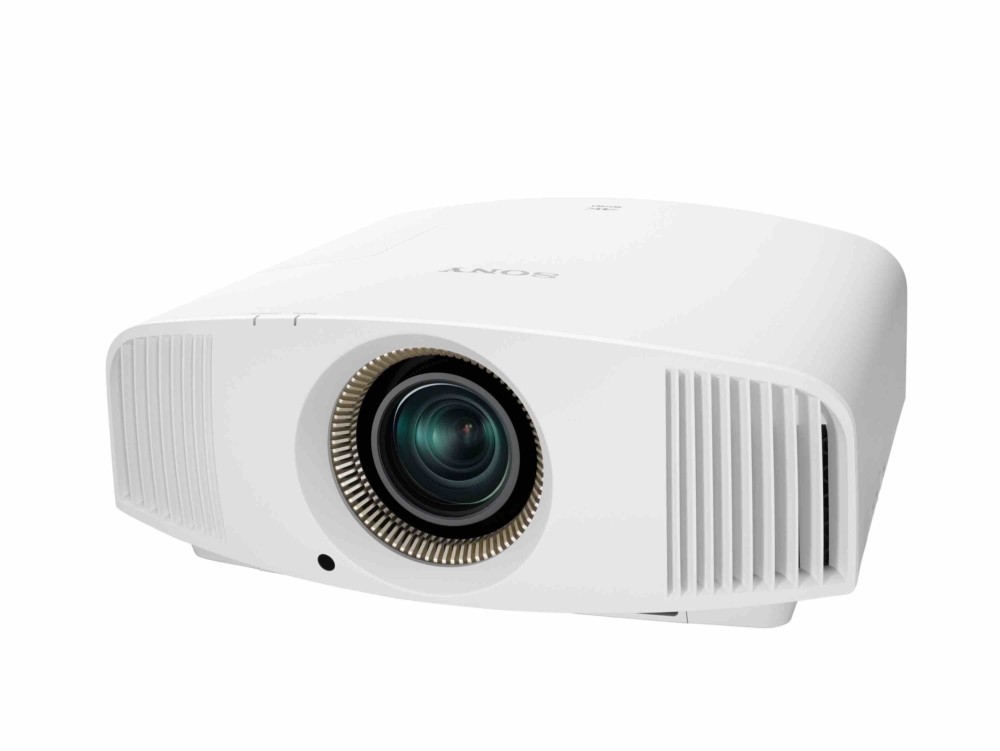Thinking of creating a cinematic world in the comfort of your own home? With a larger-than-life screen filled with rich cinematic detail and vibrant colour, projectors can easily create a truly immersive viewing experience, transforming your living room into your own personal movie theatre. You’ll never be more excited for a Friday movie night at home!
With numerous models on the market and each coming with their own specifications and pricing, there is so much to think about! Here is a simple guide to get you started on your search for the perfect home projector.
Is a Projector for You?
The first thing to check is your room lighting! A home projector performs best in places with minimal light and few windows. To determine if you have a suitable space, you should be able to adjust your lighting, whether it be daylight or room lights, so that it can be substantially reduced. Alternatively, you may want to limit your use of the projector to the evening, or consider installing blackout shades on your windows.
The second thing to think about is your viewing frequency and the life of your projector’s lamp. A projector’s lamp life will generally range from 2,000 to 5,000 hours. For example, if you are primarily using it to watch movies for an average of 8 hours a week, the lamp will last you approximately 4 to 5 years. You can always switch between your TV and projector for normal day-to-day viewing and for movies on the weekends. However, you don’t have to worry about durability with Sony’s new VPL-VW520ES and VPL-VW320ES; both come with new long-lasting lamps with 6,000 hours of performance.
Key Specifications to look out for!
There are various models to choose from and each are different depending on your budget and what specifications are important to you. Here are some features to think about!
1. Resolution
Resolution is the number of dots or pixels used to display an image. The higher the resolution, the smaller each pixel will appear, resulting in images that look more seamless and crisp. This is especially important for projecting high-definition video. Most high-definition projectors made for home use are a full HD 1920 x 1080 pixels. “Reality Creation” is a clever function used by Sony to dramatically enhance high-definition 1080P content to deliver sharp and crisp Full HD images. If a high quality image is a big deal to you, why not go a step further with a True 4K projector, such as Sony’s new VPL-VW520ES that comes with 4096 x 2160 pixel resolution – over 4 times the detail of full HD. With native 4K, every detail is clear and natural, without jagged edges or visible pixels.
2. Picture Contrast
Contrast ratio measures the difference between the brightest whites and the darkest blacks. A 1,000:1 contrast ratio means that the brightest white is 1,000 times brighter than the darkest black. A high contrast ratio will show deeper blacks and as a result, the projected image will have more vibrant, eye-catching colours and rich crystal-clear detail. Having good contrast is essential for home theatre projectors, where the presence of ambient light may make it difficult to see rich cinematic detail if there is minimal difference between whites and blacks.
3. Brightness (Lumens)
Projectors come in a range of brightness which are measured in lumens. The brighter the projector, the higher the lumen rating and the higher the likelihood that it will cost you more. Home theatre projectors typically range from 700 to 2,500 lumens. The amount of brightness you need entirely depends on the room you project in. A higher brightness rating is suitable for rooms that have more ambient light or if you’re projecting onto a wall, which is less reflective than a screen. For the home theatre enthusiasts, take your viewing experience to the next level with the ultimate 4K Home Theatre projector.

Vertical and horizontal image correction features will align a skewed image on the screen, while keeping the projector stationary. Most projectors will come with keystone correction features. However, because it is a digital effect, an increase in correction will reduce image resolution. To avoid quality loss, the lens shift feature is an option you may want to consider having, as it corrects optimally with no loss in image quality. This is very convenient as you can place the projector where you want it, and adjust the lens so the image fits your screen perfectly!
5. Positioning Your Projector
There are a variety of models on the market which are compact and portable so you can place your projector anywhere! Lay it on a coffee table, on a shelf at the back of the room, or even ceiling-mount it. There are a range of different sizes and types to suit your needs, such as free-standing, wall-mounted or retractable projectors.
If your projector is for the occasional movie night, an option is to place the projector on a flat surface, or store it away in a cabinet when not in use.
If you are after a full-blown home theatre system, you can also ceiling-mount it. This will ensure your projector is not in your way, for a polished and uncluttered viewing space. Mounting a fixed projector will keep it secure and also save you the hassle of setting it up every time.
What’s even better is the VPL-GTZ1 ultra-short throw projector from Sony, which needs only seven inches from the wall to project a 17:9 high-res image that’s 147-inch tall. This is 80% less than what a regular projector would need!
What’s next?
These are just a few key basic specifications that you have to consider when analysing your options. Of course, different models will come with a different combination of technology, specs and costs. Depending on your room size, ambient light, viewing habits and whether you are after a home projector for casual use or a dedicated home theatre system, your needs will determine your choice. Ultimately, you can never go wrong with a projector as it can be a cost-effective, practical way of getting the movie experience right at home.







